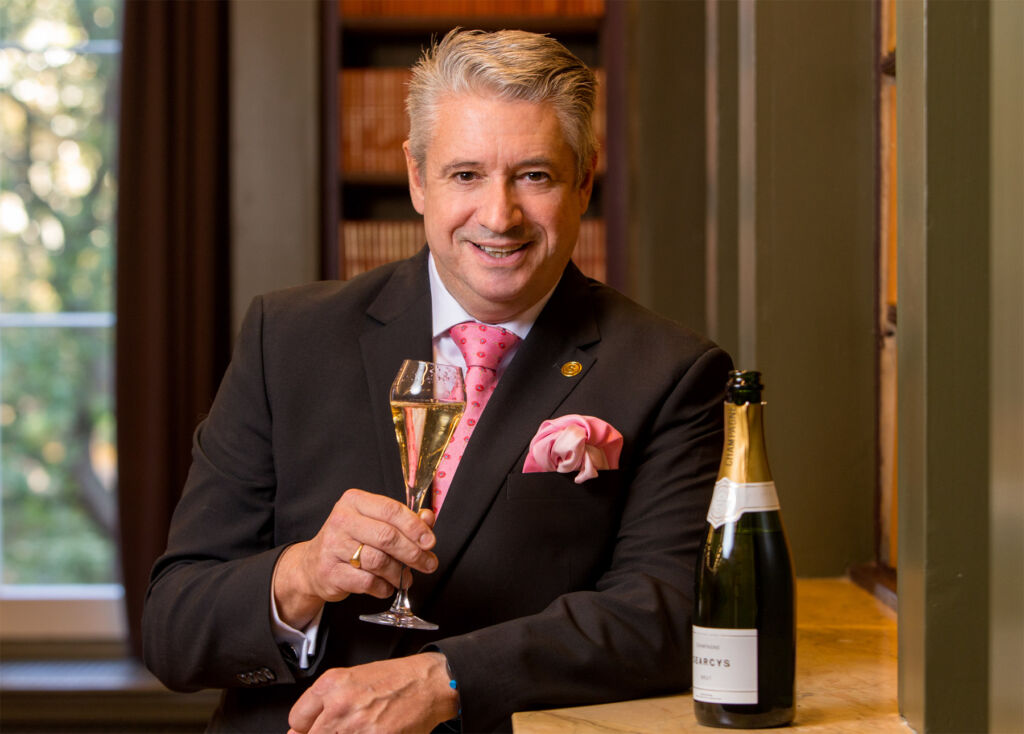
Have you ever been at a social gathering or at a dinner, and a wine menu has been presented to you, instantly producing butterflies in your stomach as you have no idea what to pick for you and your guest(s)? Rest assured, you’re not alone. The good news is that Martin Dibben, an expert in the field of wines and champagnes, is on hand to arm you with some requisite knowledge.
Most of us have been at a gathering where a person claims to be an expert on wines who blatantly isn’t. Being the good-natured, polite people we are, we’ll listen to that person talk about the “terroir’s contribution to the flavour profile”, the “malolactic fermentation process”, and now and again, saying something such as “I am getting a hint of hollyhocks”. The outcome of this is frequently raised eyebrows and a few choice words being muttered under one’s breath.
The world of wines and champagnes is somewhat of a mystery, and knowledge of the topic is often seen as a sign of intelligence and a good upbringing. This is one of the reasons so many claim to know more than they do, although, in reality, those same people are little more than the purveyors of appropriate and rarely-used wine-related words.
However, there are some people who genuinely do have an in-depth, expert knowledge of the wine-making world, and one of them is Searcys Head of Champagne Martin Dibben.
Below, Martin has compiled a handy guide that should help you bid adieu to any butterflies in your stomach when it comes to making a wine or champagne decision.
Firstly, who invented Champagne?
The French monk Dom Perignon is considered the Father of Champagne, having been credited with its creation in 1693. In reality, he actually didn’t like the carbon dioxide build-up, which created the bubbles that had been caused by the warm summer weather and fermentation process, and he worked hard to eradicate it.
Thankfully, the bubbles stuck around, and his story was embellished in the 19th century to christen him as the Father of Champagne, which he is still known as today. However, English scientists invented sparkling wine a few decades before the French monk discovered Champagne.
Scientist and naturalist Christopher Merrett first documented in 1662 ‘how to put the fizz into sparkling wine’, 30 years before the monk in France’s Champagne region. For the French, the secondary fermentation was a menace, whereas for the English, it was a miraculous discovery.
How do I know what drink to pair with what dish?
Champagne is a favourite amongst sommeliers as it pairs well with a lot of different cuisines. You might be surprised to hear that champagne pairs perfectly with everything from steak and fried potato to duck and fish and chips. The key is differentiating between the different types of Champagne.
When you’re pairing it with food, first taste the Champagne and savour its characteristics. Then, taste the dish and return for a further sip of the Champagne.
If the Champagne has a similar taste as before or even a more interesting flavour you have a match. But if you find you have lost some of the freshness and fruit flavours, then move on. Every bottle is different, so it is a (very enjoyable) process of elimination.
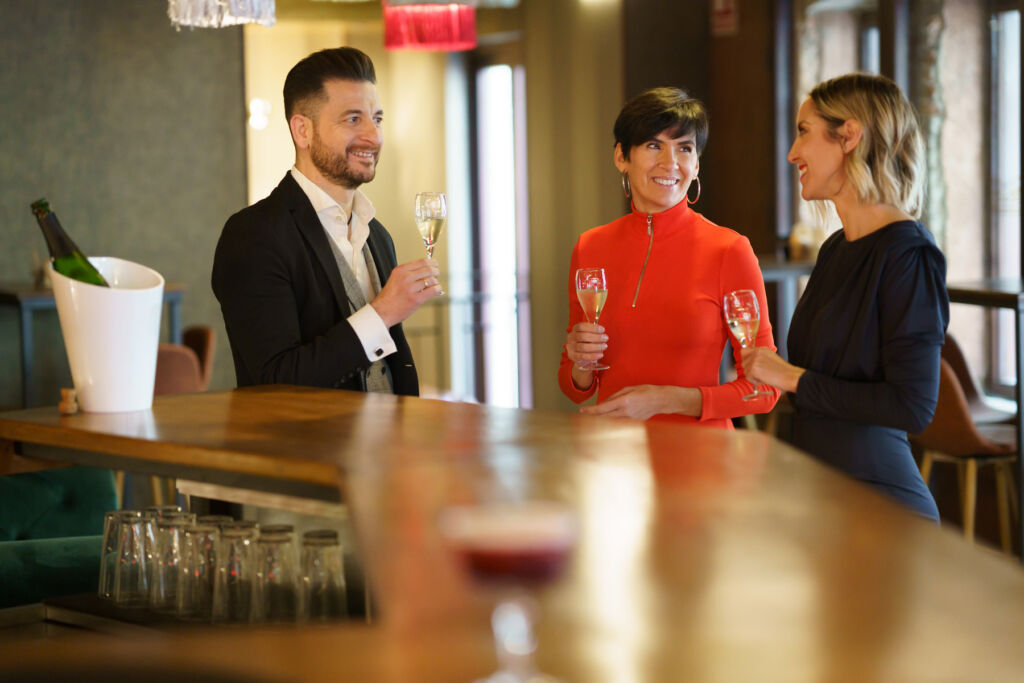
How should English sparkling wine/champagne be tasted?
Similar to wine, a light swirl of the glass is encouraged to release the aromas and flavours – give it a gentle sniff to detect the initial flavours, then follow it with a small sip, letting the taste linger on your tongue for a little.
The flavour can change after resting on your palette, so give it a minute before taking your next sip! If you aren’t sure, visiting one of Searcys many restaurants and bars and asking one of the experts for tips of the trade is always welcome.
Does English sparkling wine/champagne have an expiration date?
Generally, champagnes have been aged on the lees in the cellars and, once disgorged, will spend a further time in the cellars prior to export before being sold, so unlike some wines, champagnes don’t often get better with age, although the taste does change with bottle ageing.
Non-vintage champagnes can be kept unopened for around 3-4 years, and vintage cuvees for approximately 5-10 – often, champagnes will become a deeper colour and lose some of their effervescence. Regular household wines tend to have around a five-year shelf life as well, with more luxurious bottles ageing better than their high-street counterparts.
How should ES wine/champagne be stored?
Anything with a cork should be stored on its side to keep the cork moist and prevent oxygen from entering the bottle. However, for the short term, upright on a counter or table would be fine. Cool, consistent temperatures work best for all bottles, out of direct sunlight, and aim to not have them anywhere there would be jostling of the bottle (e.g. under the stairs, where the reverberations of people coming/going might affect the quality of the drink).
What’s the best glass to drink Champagne in?
The oldest style of glass is the coupe, which has been used in France since the early 1900s. However, with a wide bowl on top of the stem, the sparkling wine is exposed to oxygen, which allows the bubbles to dissipate faster. Great to create a party atmosphere but not recommended for a good bottle of Champagne.
In the 60s, we started to see the introduction of the flute-shaped glass. It was felt that this narrow glass created prolonged bubbles, which were the trademark of the drink. However, the narrow top limits the release of the aromas and the wine’s full character.
The general belief is that tulip glass with a flared mouth is best in the modern era, as it solves the limitations of the previous styles, allowing the aromas and flavour to be released and enjoyed.
What do different flavour profiles/notes mean?
Many kinds of sparkling wine use terms like “brut”, “dry”, and “sec” to denote the sweetness of the wine. In Champagne, those terms have a very specific meaning, and they range from “Brut nature” (the driest) to “doux” (the sweetest).
You don’t need to purchase wine specifically from one category or another – just notice what you’re drinking when you’re drinking it so you can buy what you like (or what pairs well with food) once you’ve figured it out.
What is the best way to pop a cork?
Everyone has their own way of opening a bottle, but the key thing is to turn the bottle rather than the cork. Once it has loosened slightly, begin to extract the cork by keeping pressure on it and twisting the bottle – if you twist the cork, it could break inside the bottle. Once you feel the cork begin to move on its own, push gently against it to keep it from releasing too quickly.
The slower the cork comes out the more gentle the hiss that will occur – we’re looking for a hiss, not a pop, despite what you might think! Most importantly, make sure the bottle is pointed away from any people in the vicinity.
For a really impressive opening technique, try Sabrage – a centuries-old tradition used ceremonially, the art of opening a bottle of Champagne with a sabre. It is not for the faint-hearted, but rest assured, it will be a show-stopping moment!
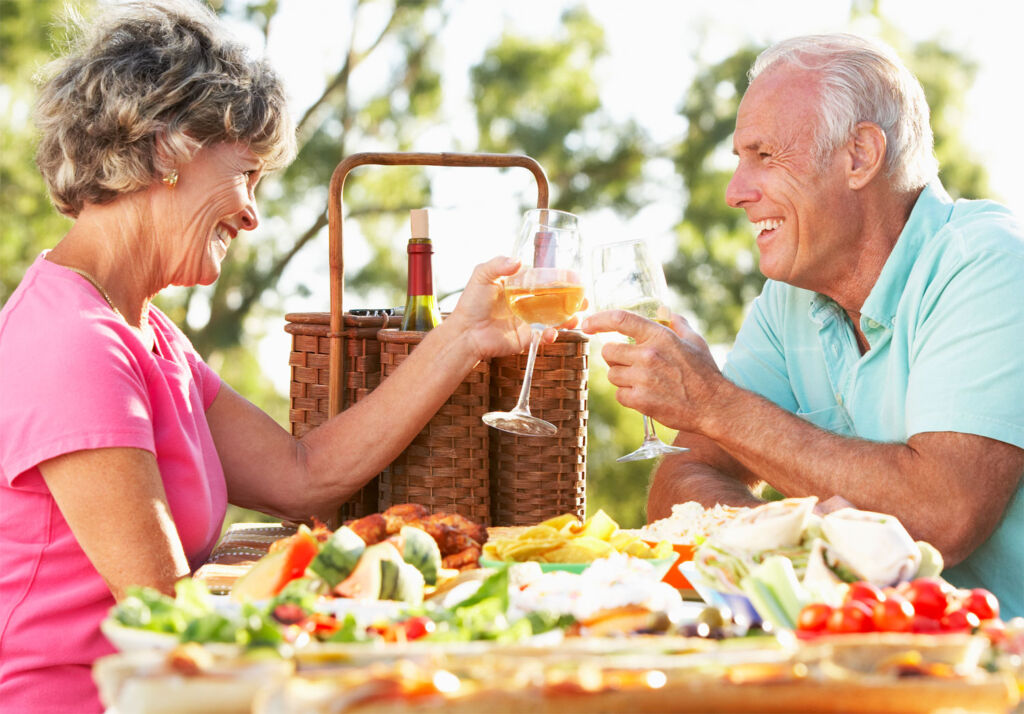
![]()

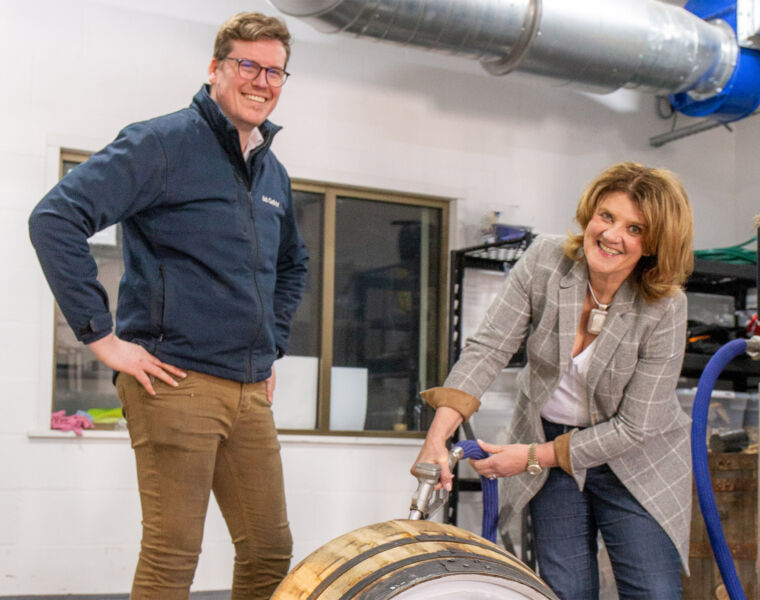
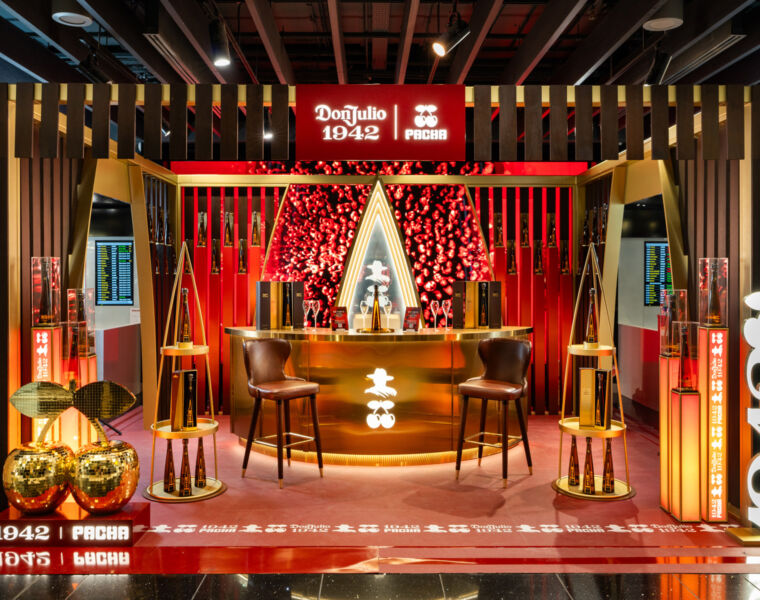
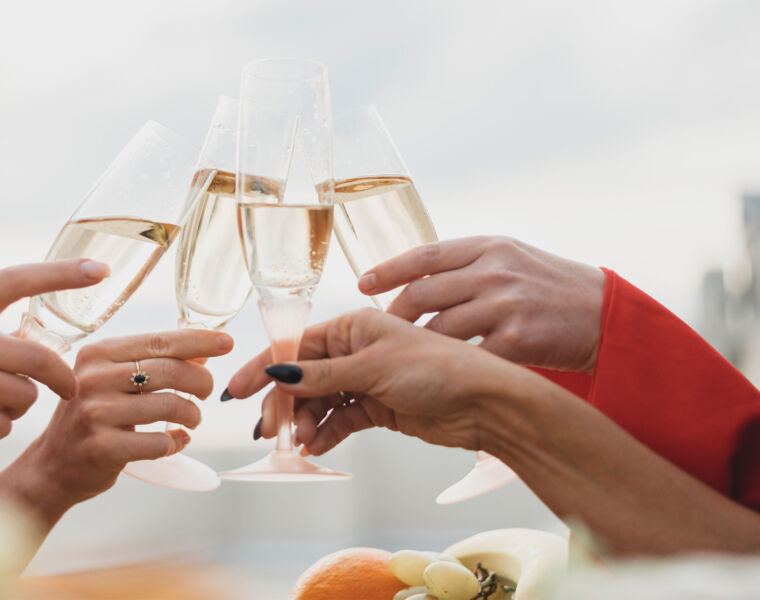
You must be logged in to post a comment.